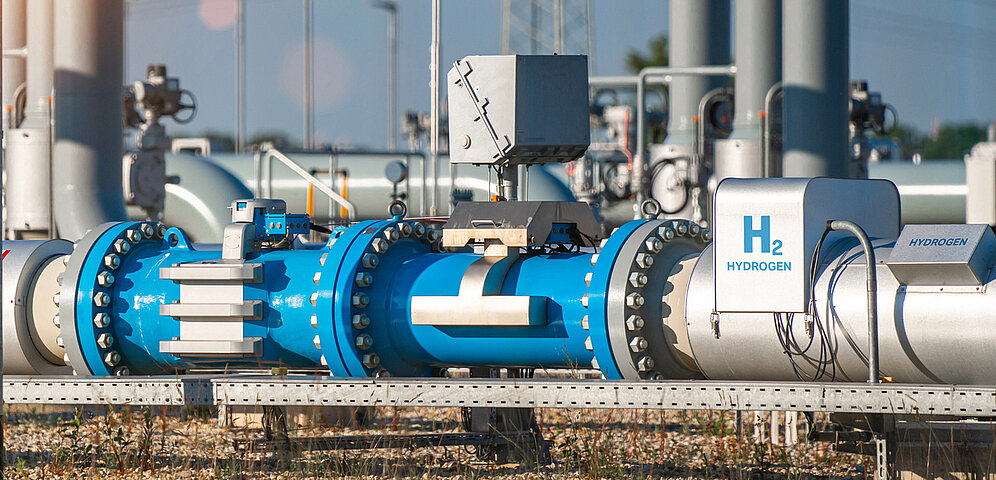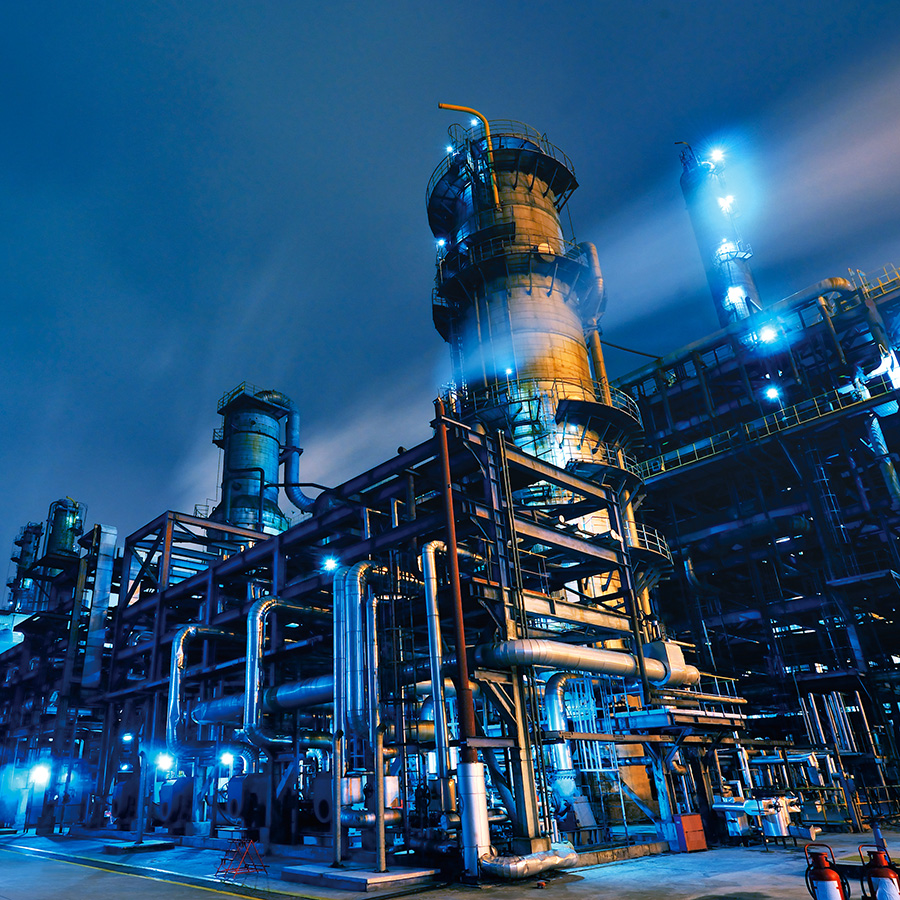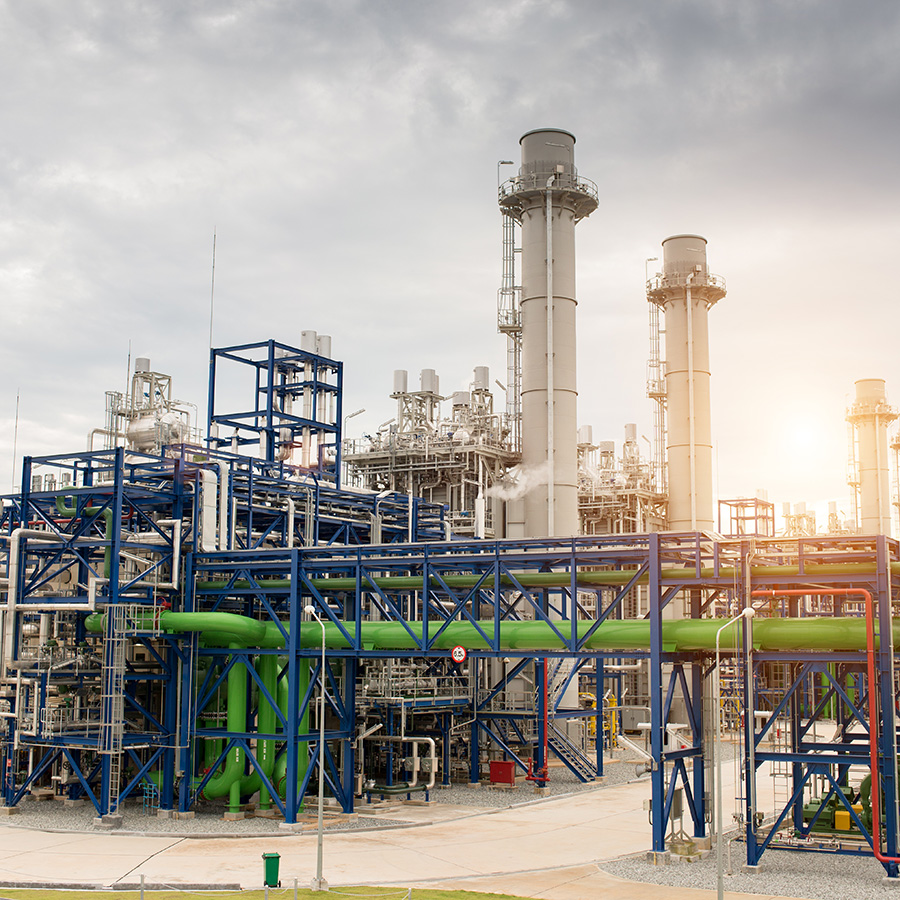수소 연료전지용 다이어프램 펌프의 핵심 역할
지속 가능한 에너지 솔루션을 모색하는 과정에서 연료전지용 다이어프램 펌프는 연료전지 시스템 내 수소 관리의 핵심 구성 요소로, 정밀한 제어, 안전성 및 효율성을 제공합니다.

세계가 탈탄소화로 향하는 가운데, 수소 연료전지는 더 지속 가능한 에너지 생산을 위한 잠재적 핵심 기술로 부상했습니다. 이러한 시스템 내에서 연료전지용 다이어프램 펌프는 NG 공급, 수소 재순환부터 응축수 관리에 이르기까지 성능과 수명에 직접적인 영향을 미치는 여러 중요한 기능을 수행합니다.
미래를 이끄는 동력: 수소 연료전지가 도시를 변화시키는 방법
평택과 남양주와 같은 한국 도시에서 수소 기반 시스템을 전력망, 교통 네트워크 및, 주거 지역 등에 통합되는 사례들은 오늘날 연료전지 기술의 잠재력을 이미 잘 보여주고 있습니다. 예를 들어, 이 도시들에서는 새로운 대규모 주거 및 사무실 건물은 지속 가능한 에너지 솔루션으로 자급자족해야 합니다. 풍력 및 태양광과 같은 재생 에너지원과 함께 연료 전지는 이러한 추진 계획의 필수적인 부분입니다. 이러한 시스템은 일반적으로 모듈당 최대 10kW의 전력을 생성하며, 병렬 연결을 통해 더 높은 출력을 얻을 수 있습니다. 이 시스템은 다른 에너지원이 충분한 출력을 제공하지 못하거나 정전 시 전력 부족을 메워준다는 점에서 매우 중요합니다.
이 시스템의 핵심에는 다양하고 특수한 여러 과제와 가장 엄격한 안전 기준을 충족해야만 하는 여러 종류의 연료전지용 다이어프램 펌프가 있습니다. 예를 들어 수소는 공기와 섞이면 폭발 가능성이 높은 혼합물을 형성하고, 점화하는 데 아주 적은 에너지만 필요하기 때문에 다루기 어렵습니다. 이러한 특성 때문에 시스템 고장이나 잠재적인 위험을 막으려면 완전히 밀폐된 시스템이 필수적입니다. 게다가 수소는 분자 크기가 작아 아주 미세한 틈새로도 쉽게 새어 나가기 때문에, 안정적인 밀봉과 안전한 작동을 위해서는 고품질의 재료와 정밀한 엔지니어링이 요구됩니다.
연료전지용 다이어프램 펌프의 다양한 역할
순수 수소가 연료전지에 직접 사용하기 어려운 경우, 천연가스나 바이오매스와 같은 수소 운반체에서 먼저 추출해야 합니다. 이 생산 과정에서는 KNF의 N 938 다이어프램 가스 펌프와 KNF FM 50 또는 FP 25와 같은 액체 펌프가 중요한 역할을 합니다.
천연가스 추출의 경우, 수증 메탄 개질로 공정이 시작됩니다 이 단계에서 가스 펌프는 천연가스를 개질기①에 공급하고, 액체 펌프는 탈이온수②를 공급합니다. 개질기 내부에서는 먼저 물이 가열되어 증기가 됩니다. 이 증기는 고온 촉매 반응을 통해 천연가스와 반응하여 수소(H2)와 일산화탄소(CO)를 포함한 가스 혼합물을 생성합니다. 일산화탄소(CO)는 독성이 강하고 인화성이 높으며 연료전지에 손상을 줄 수 있기 때문에, 후속 단계인 선택적 산화(PROX) 장치로 보내져 이산화탄소(CO2)로 전환됩니다. 이 전환 과정을 거친 후, 수소는 연료전지 응용 분야에 사용하기 위한 엄격한 품질 기준을 충족시키기 위해 추가로 정제될 수 있습니다.

일단 정제된 수소는 연료전지로 흘러 들어가 산소와 전기화학 반응을 일으켜 전기, 물, 그리고 열을 생성합니다. 양극에서는 수소 분자가 양성자와 전자로 분리되며, 이는 다양한 응용 분야에 전력을 공급하는 데 사용될 수 있는 전류를 생성합니다. 음극에서는 양성자, 전자, 산소가 결합하여 물을 형성합니다. 이 물은 축적되어 연료전지 부품을 손상시키는 것을 방지하기 위해 효과적으로 관리되어야 합니다. 많은 시스템에서 생성된 물은 중력에 의해 간단히 제거되며, 때로 능동적인 제거가 필요한 경우, KNF 다이어프램 펌프(예: FF 12 또는 FP 7 액체 다이어프램 펌프 ③)가 적합한 해결책이 될 수 있으며, 긴 수명과 뛰어난 신뢰성을 제공합니다.

위에서 언급한 N 938과 같은 연료전지용 다이어프램 펌프의 또 다른 응용 분야는 연료전지 시스템 내의 수소 재순환입니다. 이는 반응하지 않은 수소를 재사용하여 효율성을 극대화하고 폐기물④을 최소화합니다. 더블 헤드 구성 시 최대 유량이 분당 60리터(60 l/min)에 달해, 효율적인 수소 처리에 이상적입니다. 또한, 아노다이징 처리된 알루미늄 펌프 헤드를 적용하는 등 수소 재순환 펌프로 맞춤 제작하면 N 938은 습식 가스를 안정적으로 처리할 수 있습니다. 이러한 성능은 연료전지 내부 반응 조건을 최적화하기 위한 핵심 요소입니다. 필요 시, 연료전지 스택에서 생성된 입구 측 양압에 대응하도로록 작동하여 시스템 통합의 유연성을 높이고 성능 및 효율성을 향상시킬 수 있습니다.
지속 가능한 에너지로의 전환을 지원하는 맞춤형 다이어프램 펌프
KNF 다이어프램 펌프는 연료전지 시스템의 특정 요구사항을 충족하도록 광범위하게 고객 맞춤 제작할 수 있습니다. 견고한 설계 덕분에 신뢰성이 필수적인 응용 분야에 이상적입니다. 이 연료전지용 다이어프램 펌프는 긴 수명과 최소한의 유지보수를 바탕으로, 수송, 고정식 발전 및 산업 시스템과 같은 핵심 응용 분야에 필요한 높은 신뢰성을 제공합니다. 도시가 계속 발전하고, 한국이 도시 환경에서 지속 가능한 에너지원을 성공적으로 통합한 대표적인 사례가 됨에 따라, KNF의 가스 및 액체 다이어프램 펌프는 청정 에너지 솔루션으로 전환하는 데 있어 점점 더 중요한 역할을 수행할 것입니다.



